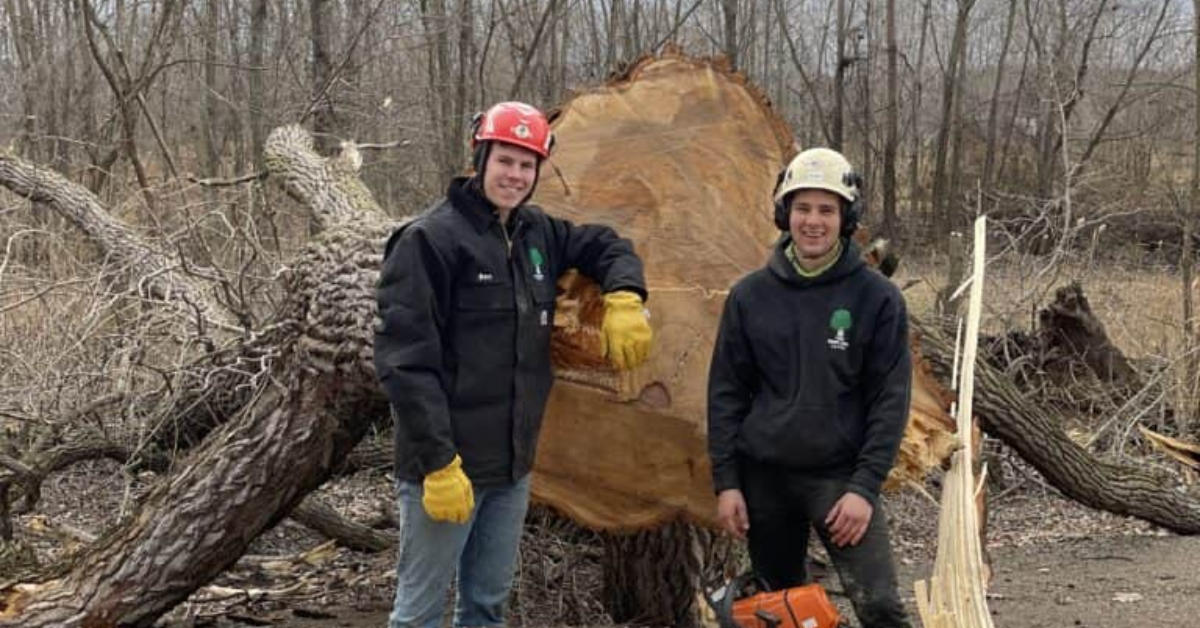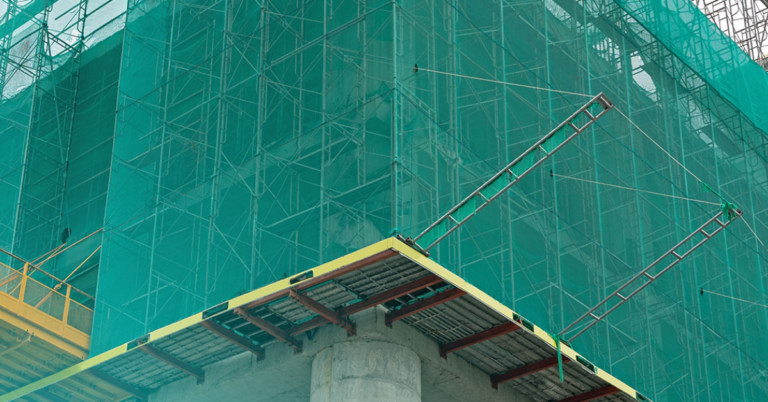The Essential Guide to Tree Removal: Ensuring Safety and Enhancing Your Property
Tree Removal: Trees are a valuable part of our environment, providing shade, beauty, and even improving air quality. However, there are times when tree removal becomes necessary due to safety concerns, disease, or land development projects. If you’re considering tree removal, it’s important to understand the process, the costs involved, and the best practices for ensuring safety and efficiency.
Why Tree Removal is Necessary
Tree removal is not always an easy decision, but there are several situations where it becomes unavoidable:
- Diseased or Dying Trees – Trees affected by disease or pest infestations can become weak and hazardous. If left untreated, they may collapse, causing property damage or injury.
- Structural Damage Risk – Overgrown trees can pose a threat to nearby buildings, fences, and power lines. Removing trees that are too close to structures can prevent costly repairs.
- Storm Damage – Severe weather conditions like storms and hurricanes can weaken tree structures, making them susceptible to falling.
- Landscaping and Construction Needs – Sometimes, trees must be removed to clear land for new construction, driveways, or landscaping renovations.
- Encroachment Issues – Trees with aggressive root systems can damage sidewalks, foundations, and underground pipes, necessitating removal.
Tree Removal Process: Step by Step
Removing a tree is a complex task that requires careful planning and professional expertise. Here’s a breakdown of how tree removal is typically carried out:
1. Initial Assessment
A professional arborist will inspect the tree to determine its condition, size, and proximity to structures. They will also check for any legal restrictions or permits required for removal.
2. Safety Preparations
Safety is a top priority when removing a tree. The surrounding area is cleared of vehicles, people, and any objects that could be damaged during the process.
3. Cutting and Dismantling
The tree is cut down in sections to prevent damage to nearby structures. Professionals use ropes, harnesses, and cranes when necessary to control the descent of branches and logs.
4. Stump Removal
Once the tree is cut down, the remaining stump can be left in place or removed using a stump grinder. Stump grinding ensures a smooth and hazard-free landscape.
5. Cleanup and Disposal
After removal, professionals clear the site by disposing of branches and logs or converting them into mulch or firewood.
DIY vs. Professional Tree Removal
While some homeowners may attempt DIY tree removal, it’s important to consider the risks involved. Tree removal requires specialized tools, knowledge, and experience. Hiring a professional tree removal service offers several benefits:
- Safety – Professionals are trained to handle hazardous situations and minimize risks.
- Efficiency – Equipped with proper tools, experts can complete the job faster and more effectively.
- Insurance Coverage – Professional tree removal companies have liability insurance to cover any accidental damage.
- Proper Disposal – Experts ensure responsible disposal and recycling of tree materials.
Cost of Tree Removal
The cost of tree removal varies based on several factors:
- Tree Size – Larger trees require more time and equipment, increasing the cost.
- Location – Trees close to buildings or power lines require additional precautions, making removal more expensive.
- Tree Condition – Diseased or weakened trees may be riskier to remove, requiring specialized handling.
- Stump Removal – Removing the stump adds to the overall cost.
On average, tree removal costs range from $150 to $2,000, depending on the complexity of the job.
Eco-Friendly Tree Removal Practices
Tree removal doesn’t have to be harmful to the environment. Here are some eco-friendly ways to handle tree removal:
- Mulching – Convert removed trees into mulch for gardening and landscaping.
- Firewood – Cut wood into logs for use as firewood.
- Replanting – Consider planting new trees to maintain ecological balance.
- Wood Recycling – Donate usable wood to local carpenters or recycling centers.
Choosing the Right Tree Removal Service
Selecting a reliable tree removal service ensures safe and efficient work. Here are some tips for hiring the right professionals:
- Check Credentials – Ensure the company is licensed and insured.
- Read Reviews – Look for customer testimonials and online reviews.
- Get a Detailed Estimate – Request a breakdown of costs before hiring.
- Ask About Cleanup – Confirm if debris removal is included in the service.
Conclusion
Tree removal is sometimes necessary for safety, aesthetics, or construction projects. Whether due to disease, storm damage, or structural risks, removing a tree requires careful planning and expertise. Hiring a professional ensures the process is handled safely and efficiently. If you need tree removal services, always choose a reputable company that follows industry best practices.
For professional and reliable tree removal services, contact Woods Forestry Solutions today. Our team of experts is ready to assist you with safe, efficient, and eco-friendly tree removal solutions.







